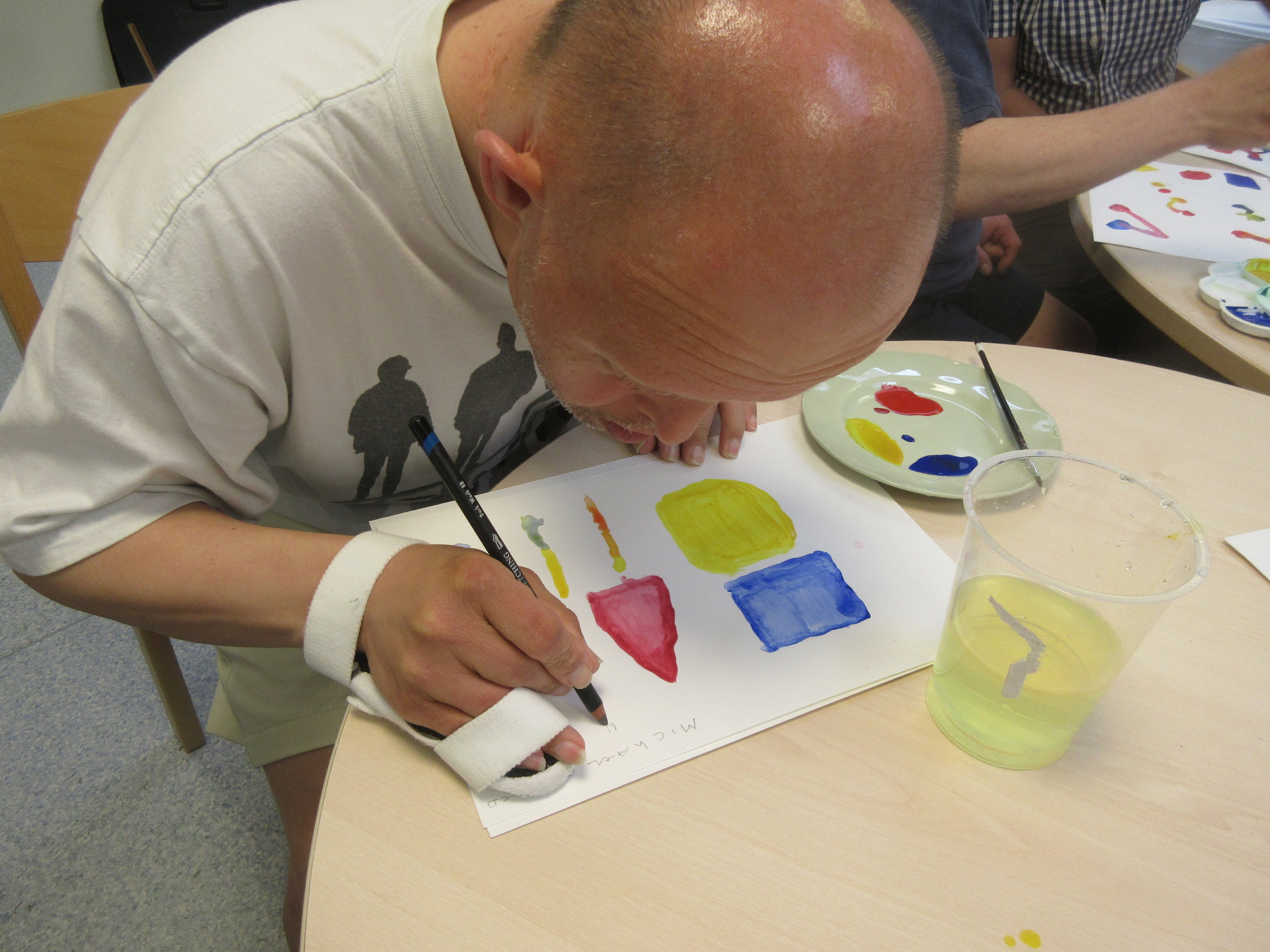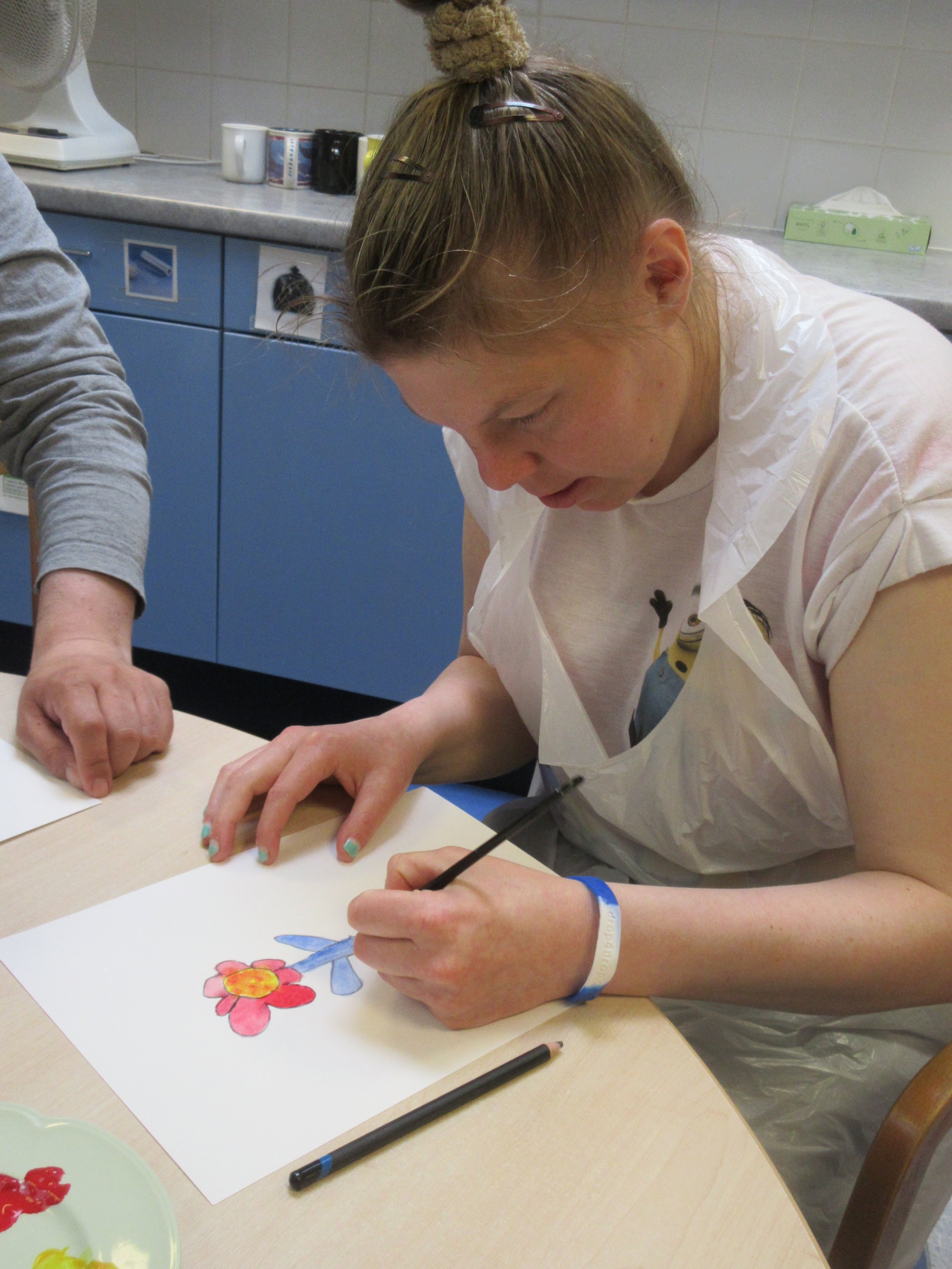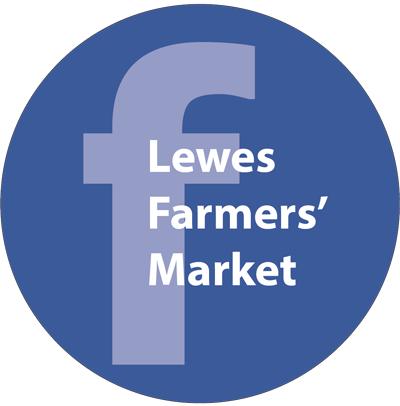Both groups came along on consecutive days to the Stanmer Park Fruit Factory in early October. The Fruit Factory is part of Brighton Permaculture Trust (BPT). Stephan Gehrels ran the days for us. The interns brought along the apples they'd picked from Ringmer Community Orchard on Flourish's apple course day one to be pressed, bottled and pasteurised.
Here is a video we made about this process
We had unpredictable weather both days, with some rain, but the interns were well-equipped in terms of raincoats, and the Fruit Factory has a nice indoor area we could use as well. It smelled deliciously of ginger because Stephan was cooking a big pot of it to be blended with some of BPT's juice made from apples from their local orchards.
Stephan welcomed everyone, told us about Brighton Permaculture Trust and talked about the work he does as BPT's Eco Schools Project Manager. He said the favourite part of his job is "working with young people and helping them understand how to protect the planet". The thing he likes least is: "paperwork and heavy rain".
He talked about making apple juice and apple vinegar - and how healthy it is. He covered health and safety issues, such as asking if everyone was feeling well that day, explaining people with long hair had to tie it back (essential in all food prep) and the importance of hand-washing. He told us where the toilets were and suggested we be careful not to trip over things, such as the hose or buckets.
Stephan showed us how to use the water lock on the hose, how to wash the apples and cut them up safely with a sharp knife. We were to discard any rotten bits and put them in particular buckets, which he said go to local pigs as food. Interns split into different groups to do different tasks, and switched around, so everyone got the chance to try activities they were interested in. The chopped apple pieces went into the big yellow mill or macerator, to chop them into bits, ready for juicing. The buckets of this chopped apple were then tipped into the hydro-press until it was full.
Then (for me!) the most exciting part, we got the hydro-press going to squueze all the fresh juice out of the apple pulp. We screwed the metal lid on tightly, then turned the hose (attached to the press) on. The hydro-press uses water pressure via a big rubber balloon in the middle of the pulp to squeeze all the juice out. Gallons of it poured out of the bottom lip into the buckets we put underneath. We had to keep an eye on them and change bucket every time one was nearly full.
Some of the raw juice was bottled and sealed by the students into plastic cartons to take home. It has to be drunk within a couple of days.
The groups also drank some juice 'raw' - each day we used various types of apple we'd picked (Red Falstaff on Day One, Ashmead's Kernel on Day Two) in different combinations to see if they tasted different. The day two mix including bramley apples, which gave a lovely tartness. the group also tried cider, after Stephan checked that everyone was 18 or over. The comments were:
LUSH
zingy
super, fresh
sweet
I will never shop at Tesco again
highly addictive
light
feels like it's doing you good
Then Stephan explained about how 'cooking' the juice in sterilised bottles will preserve it for up to a year, although it does change the taste. The groups poured juice from jugs into bottles, which then went (carefully) into the pasteurisers to be heated in hot water to the right temperature. So that's what we did with the rest of the juice.
Everyone worked hard and enjoyed themselves.
Then we broke for lunch, and in the afternoon, Peter May came along to show the groups around the Stanmer orchards.
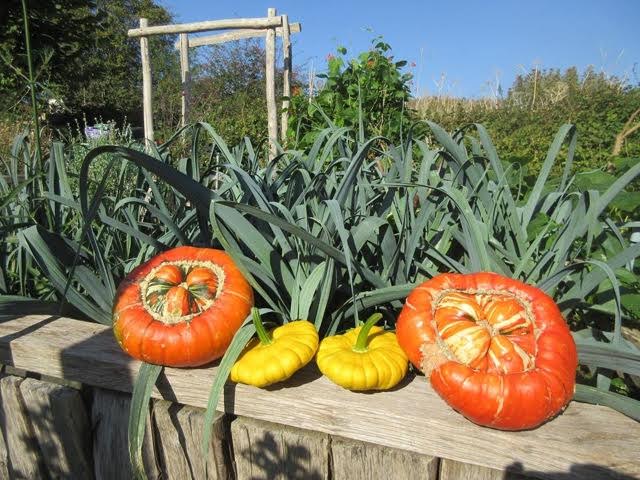

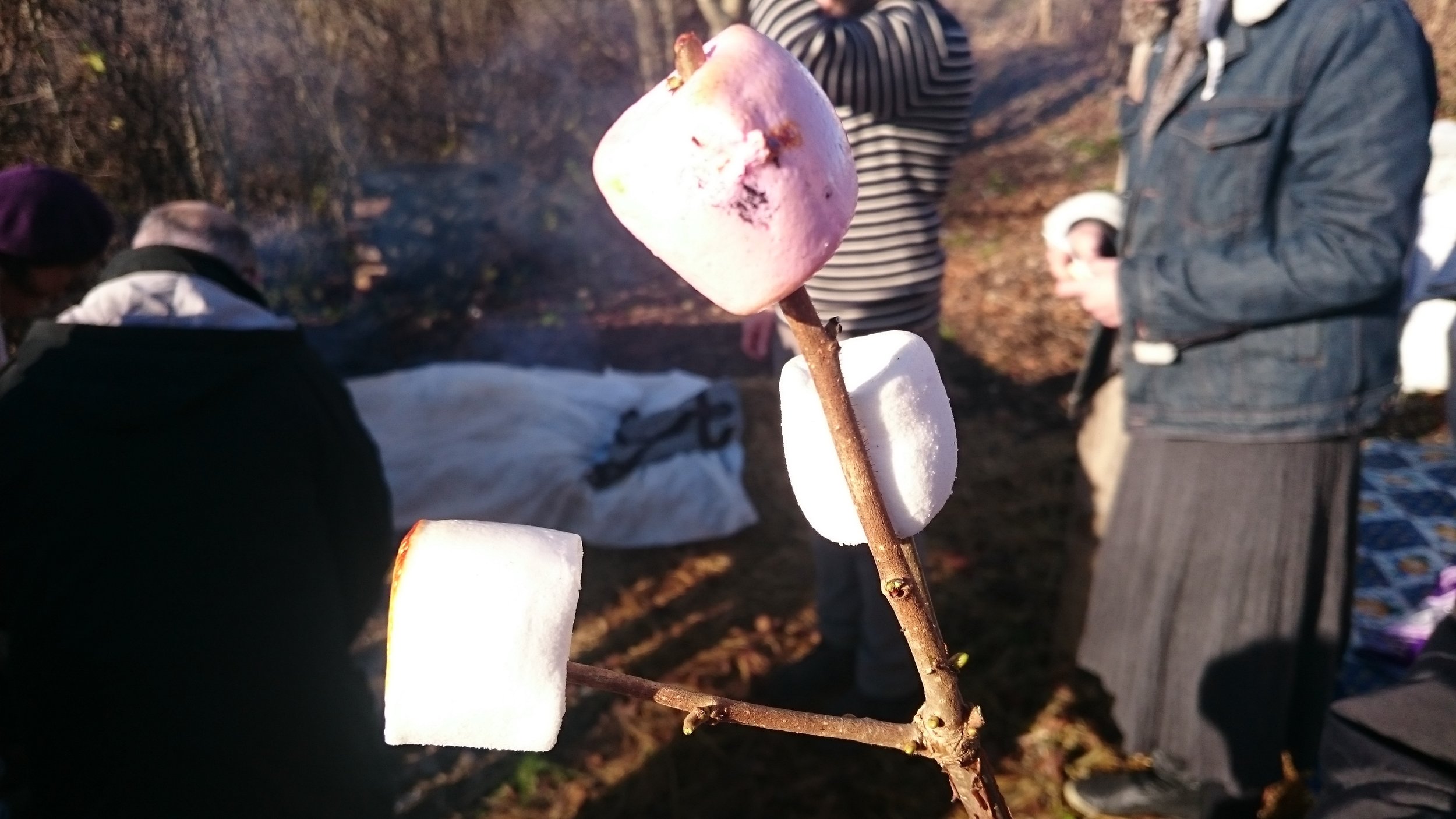
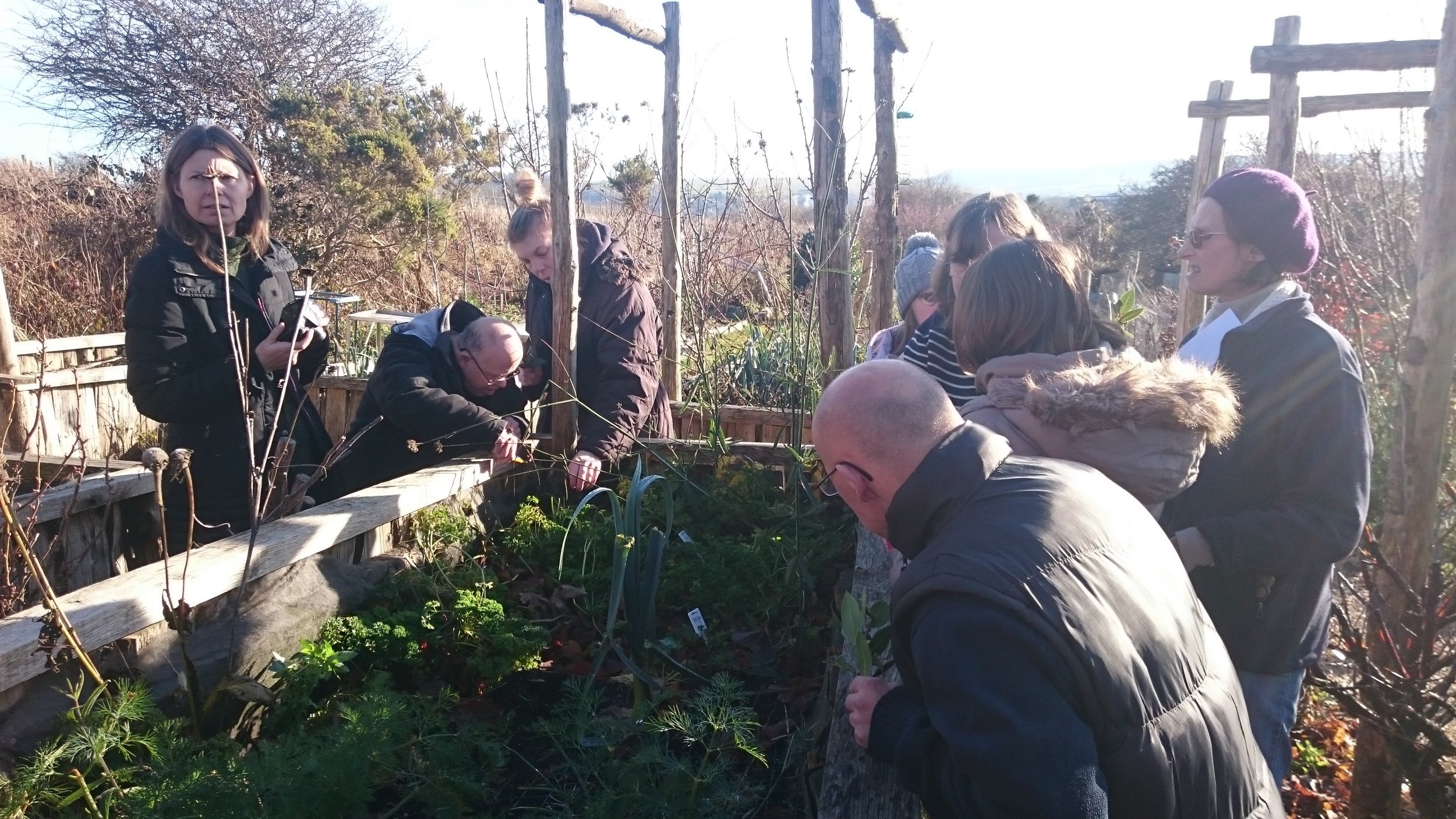
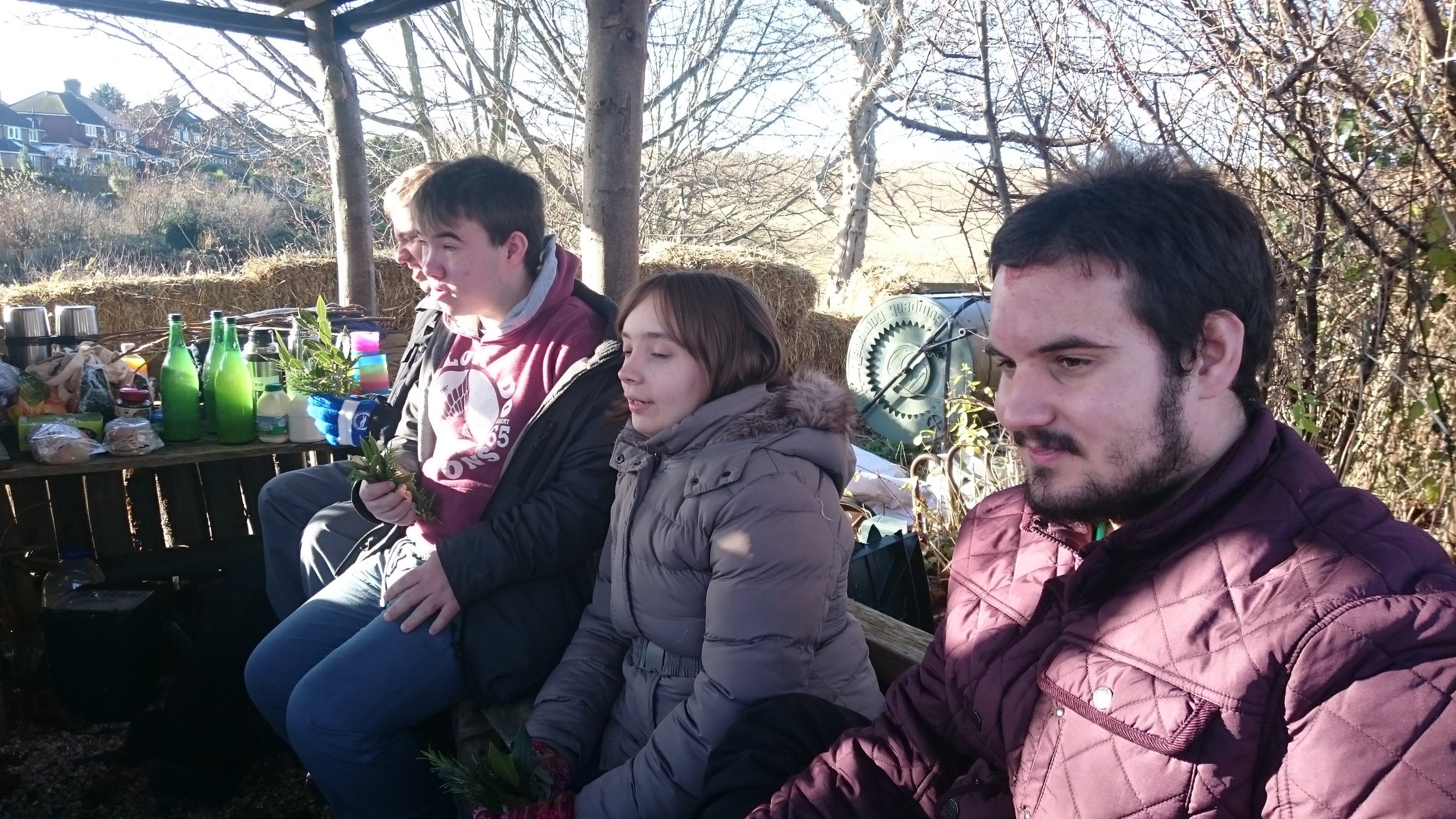
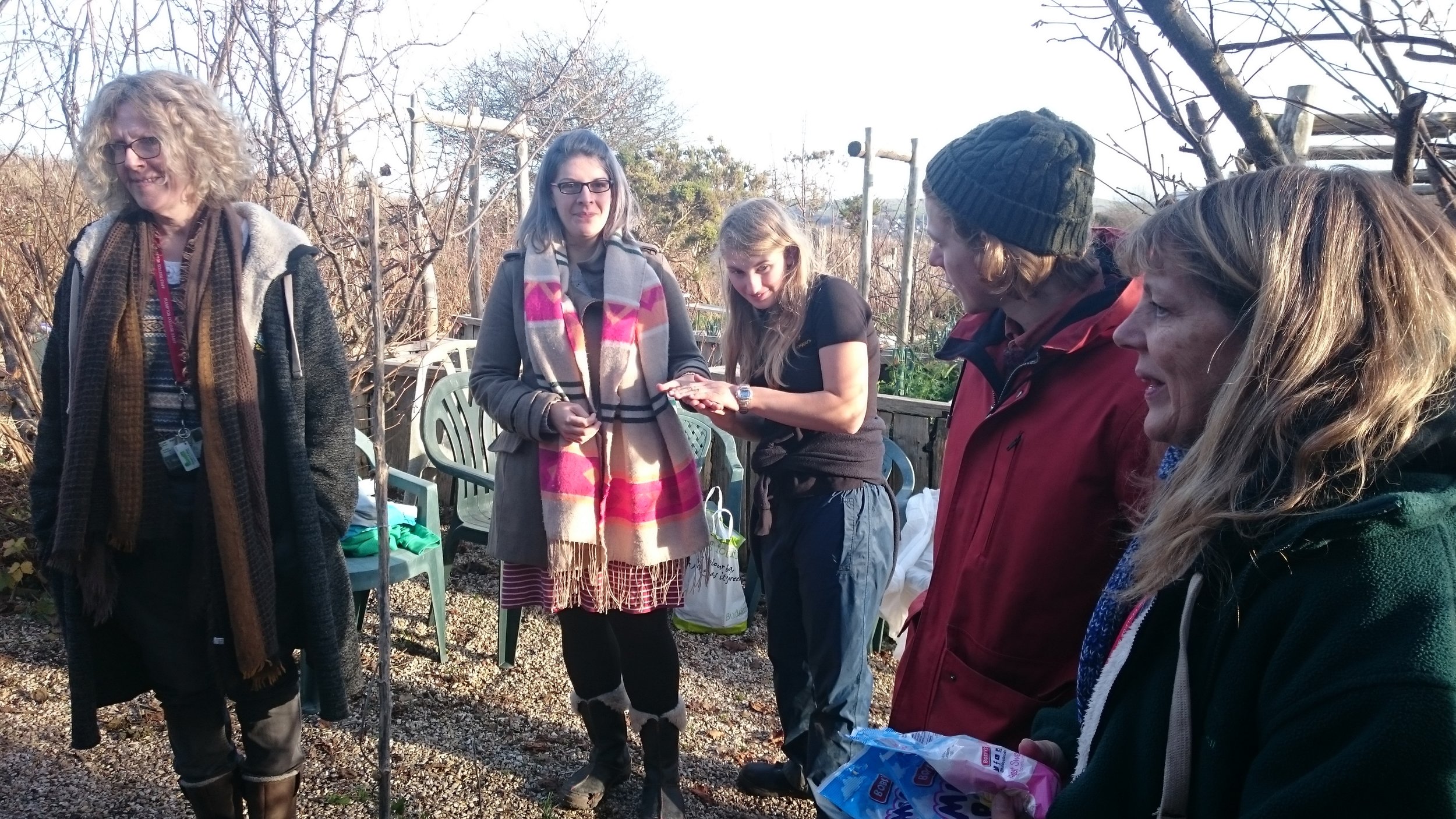
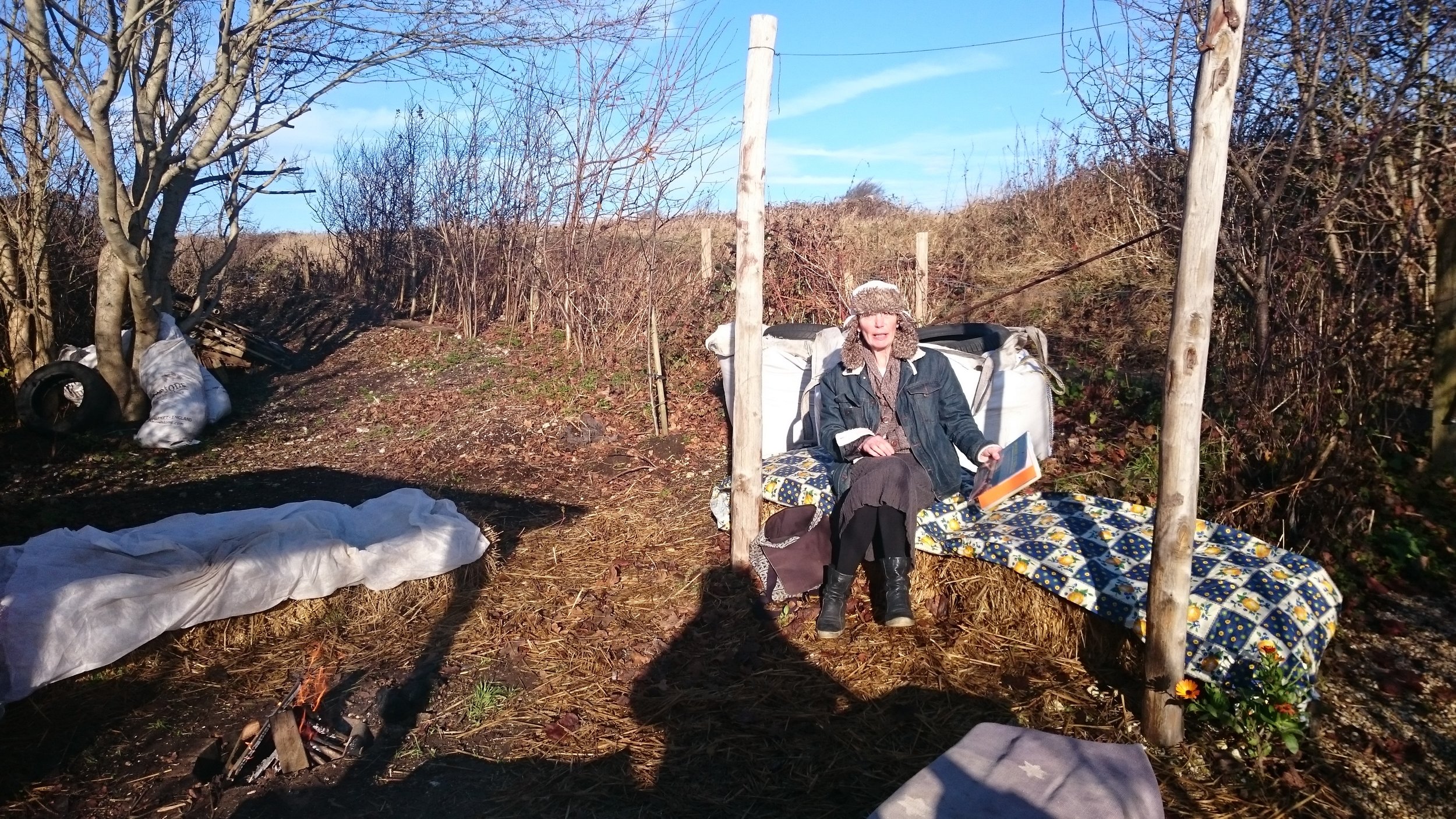

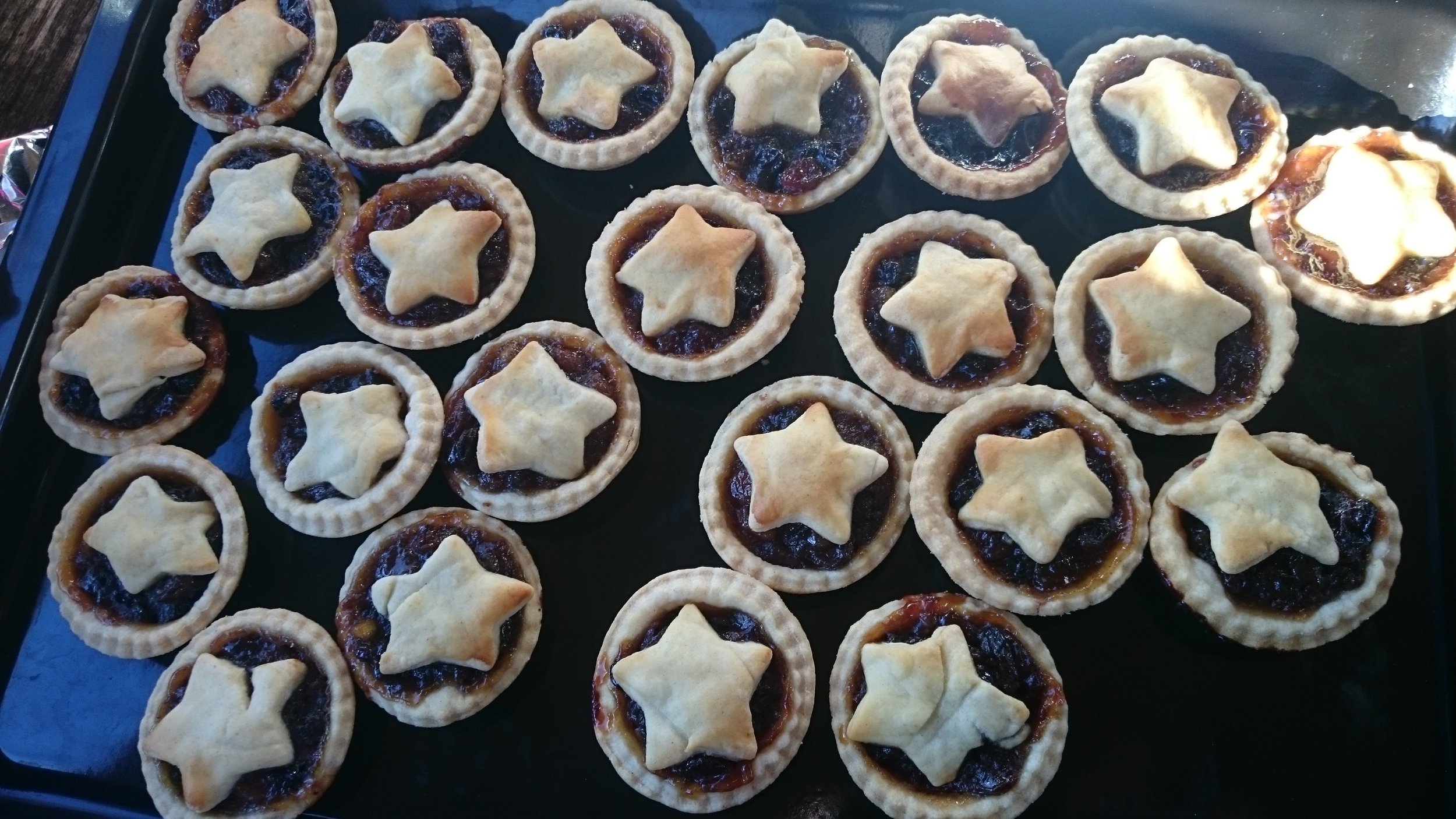



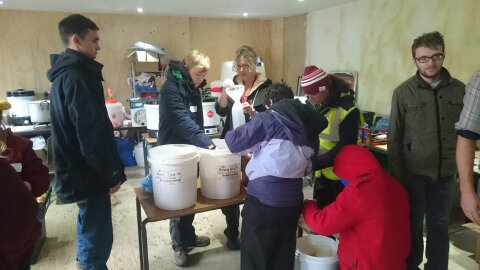
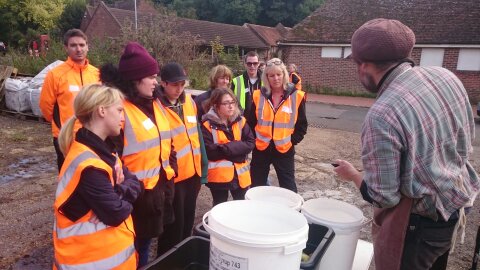
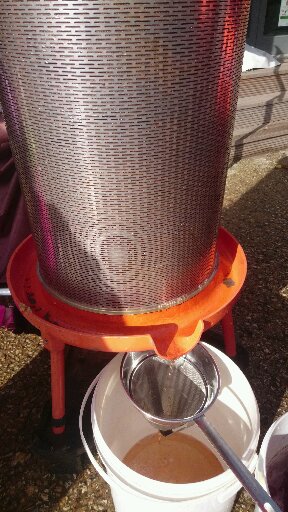
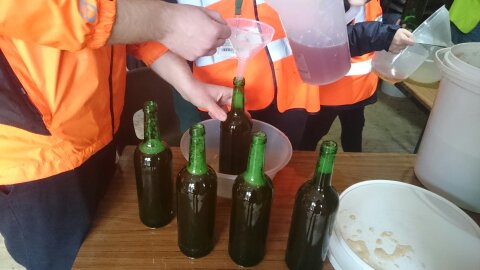


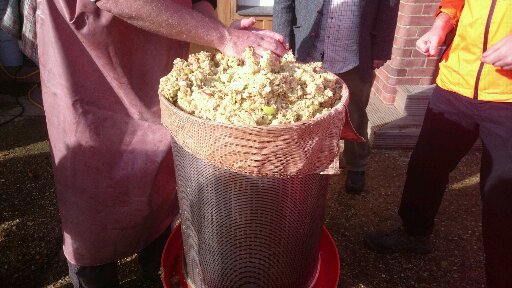
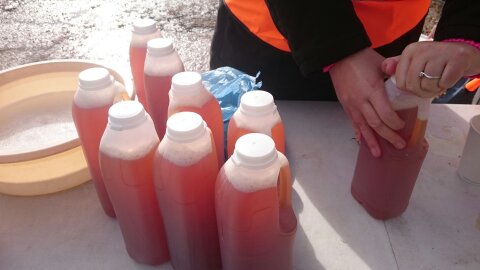
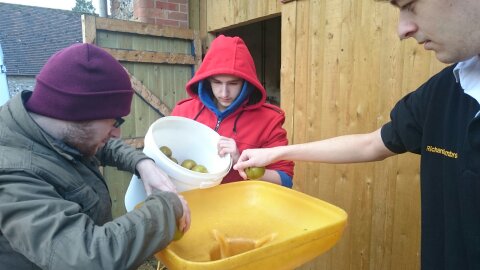
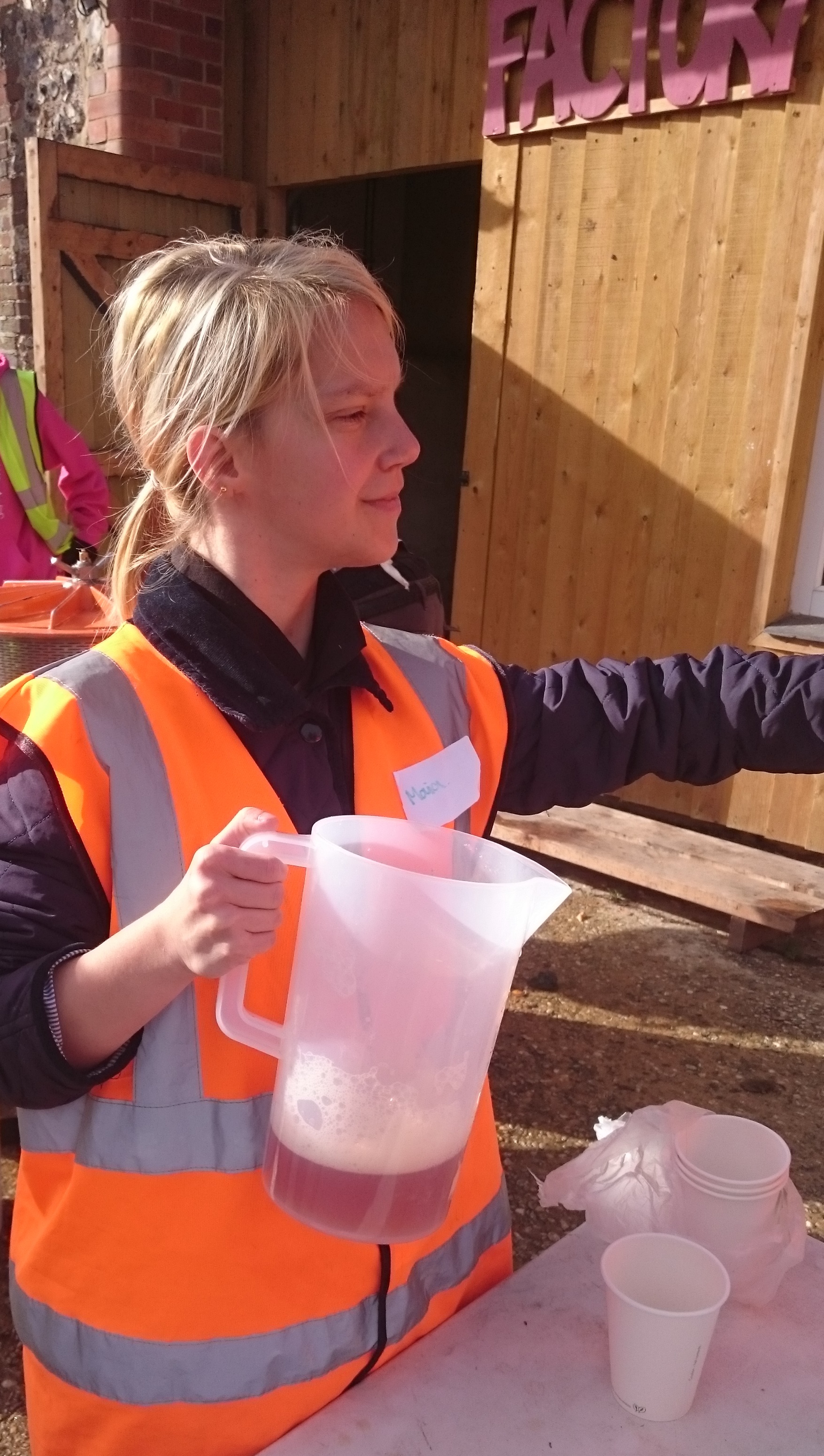
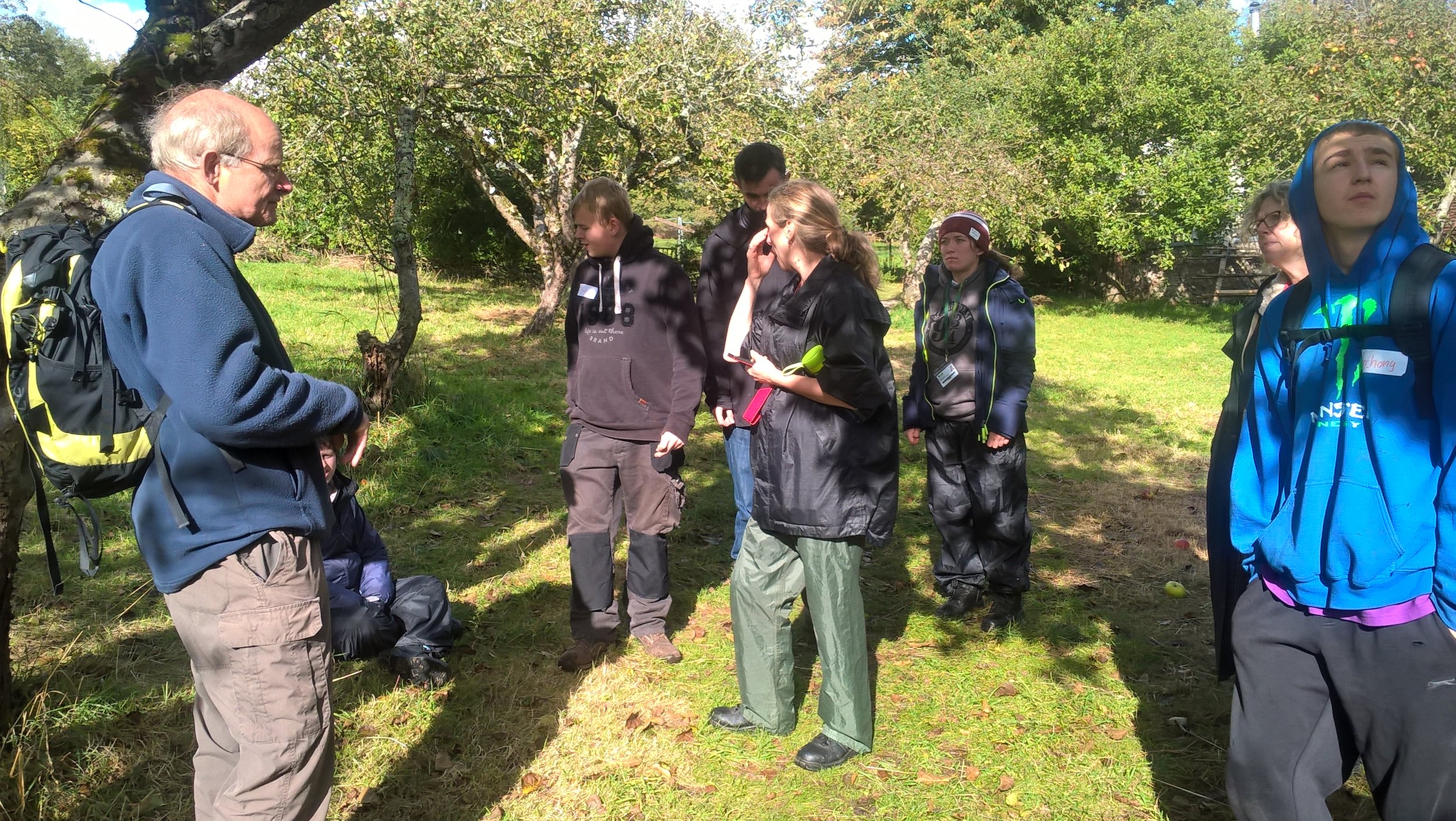
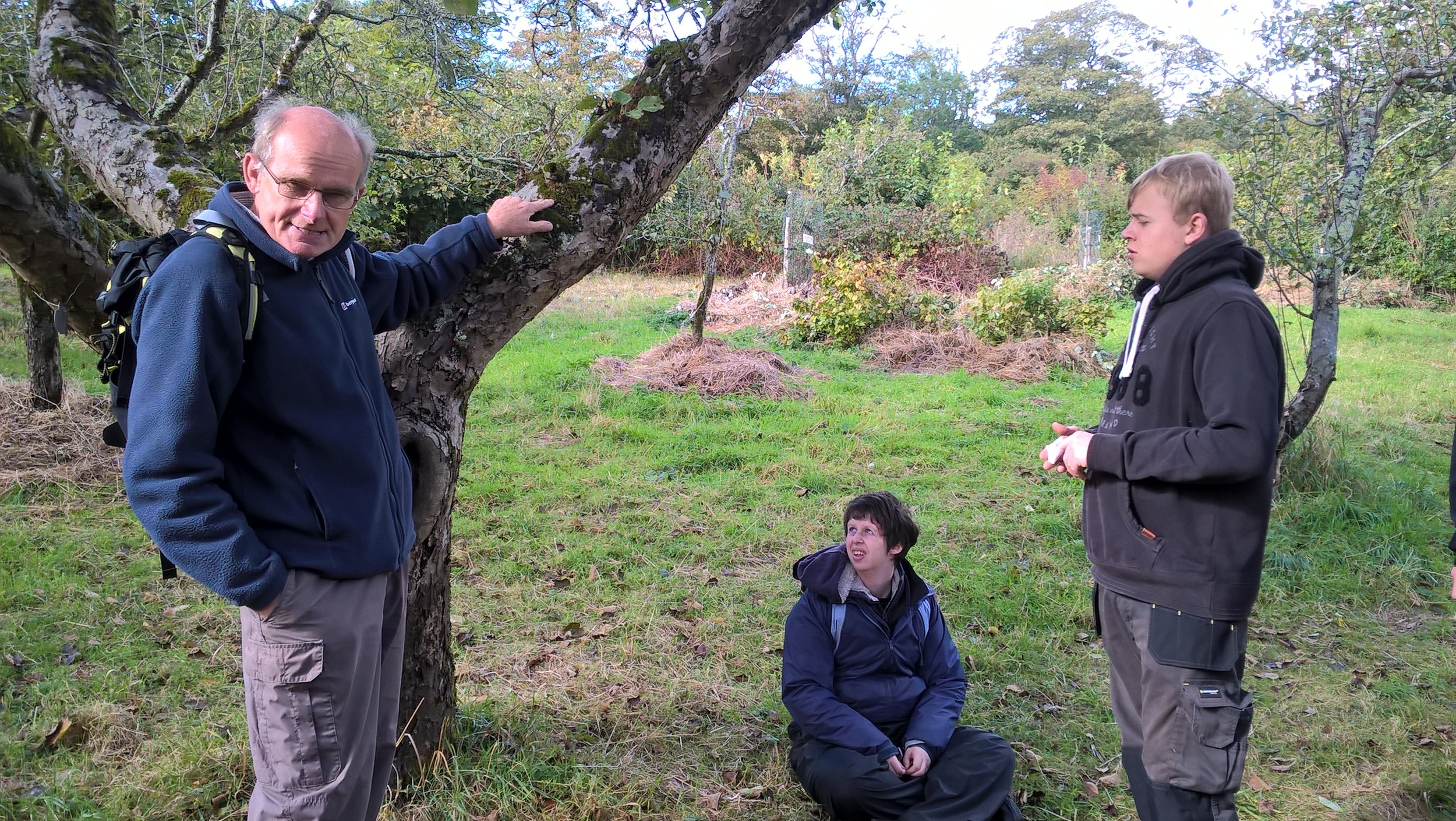


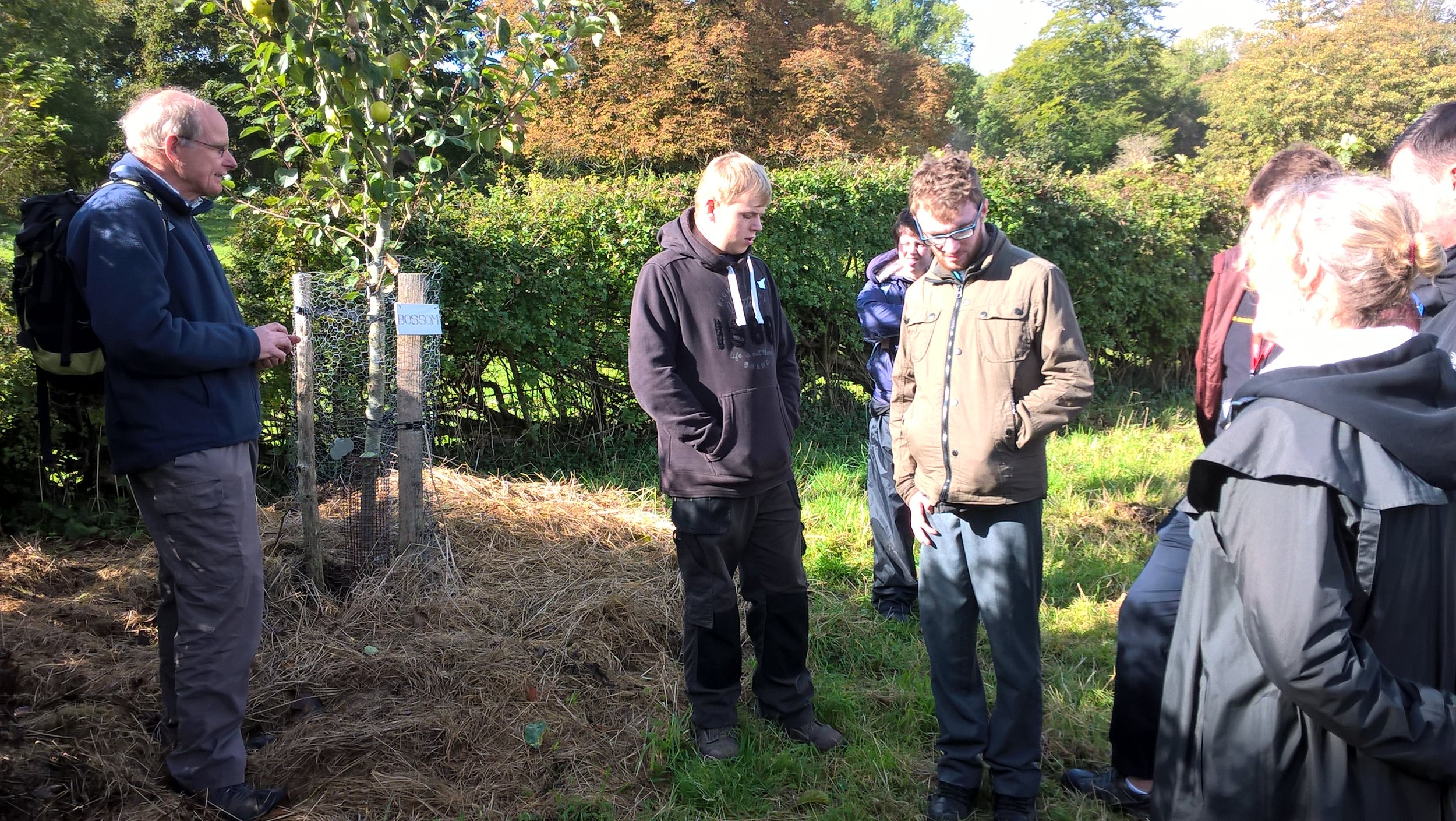
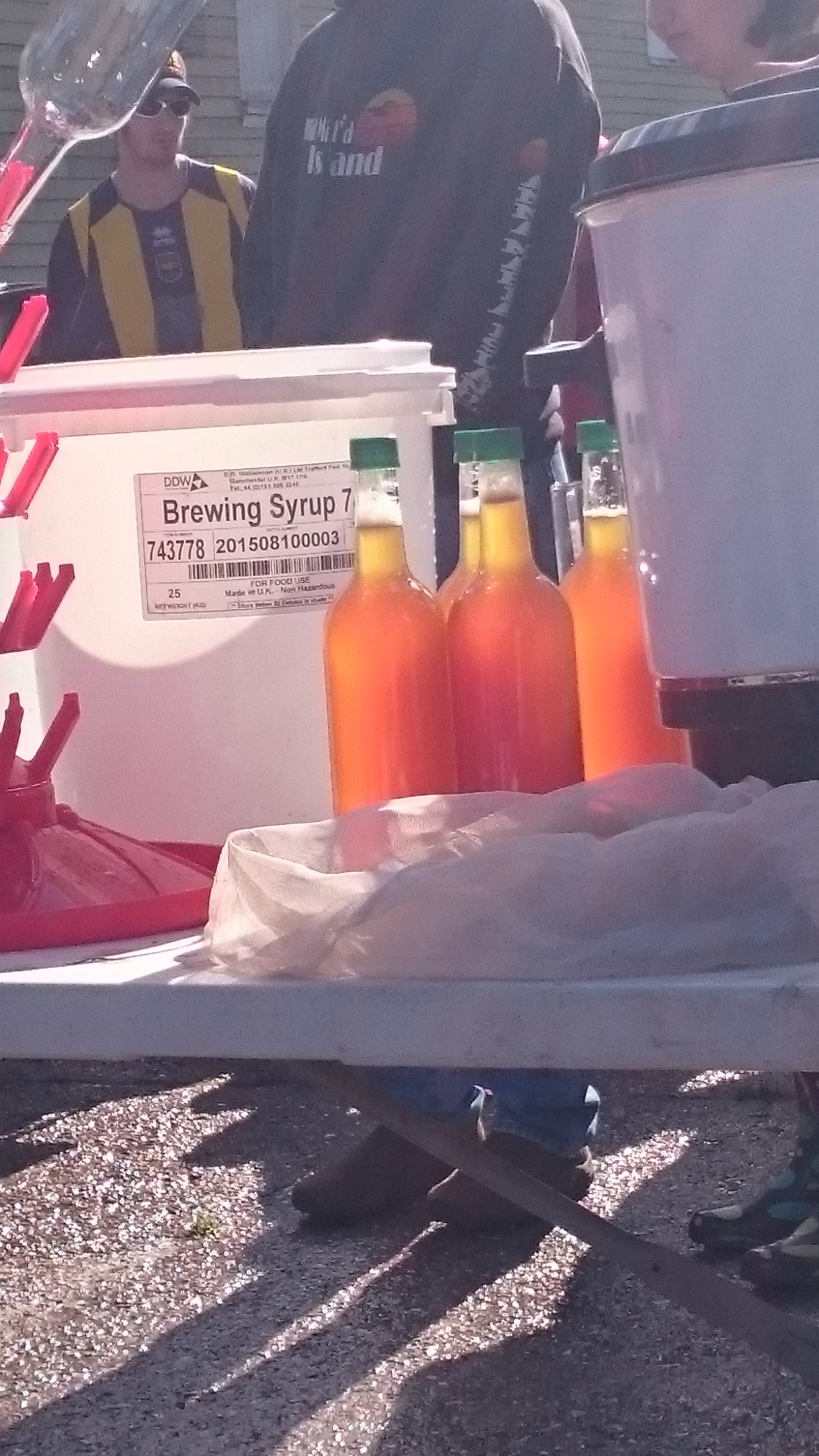
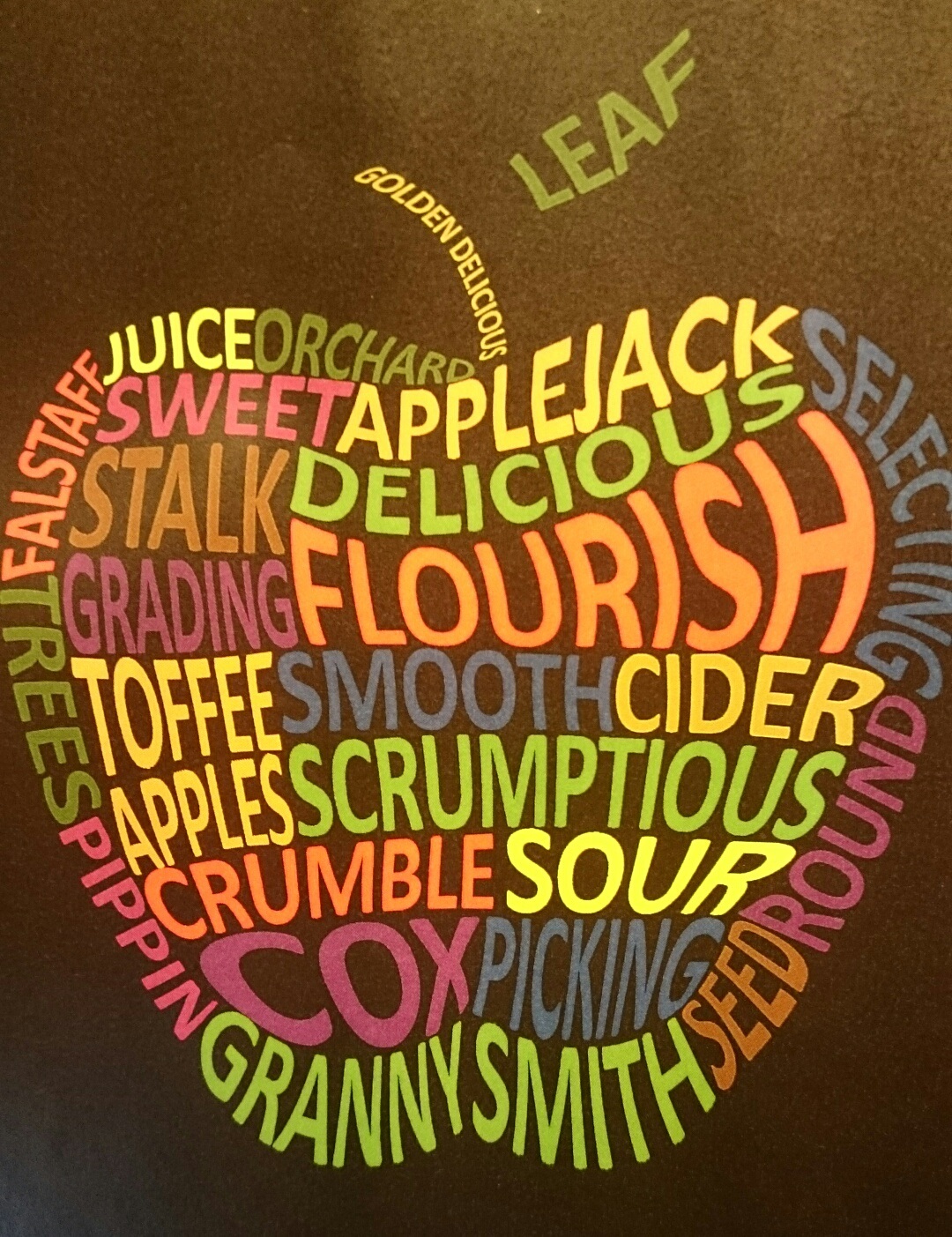
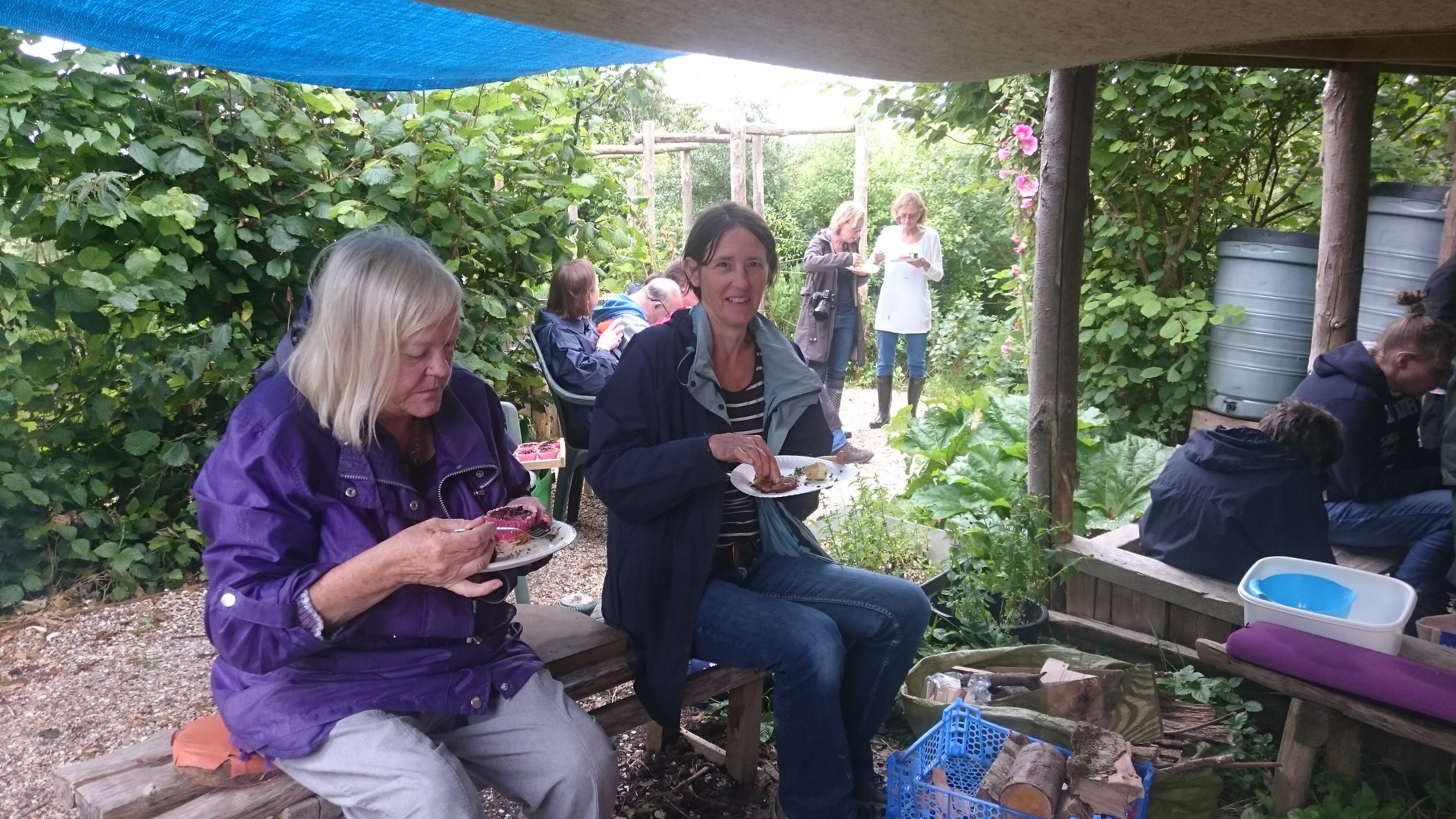
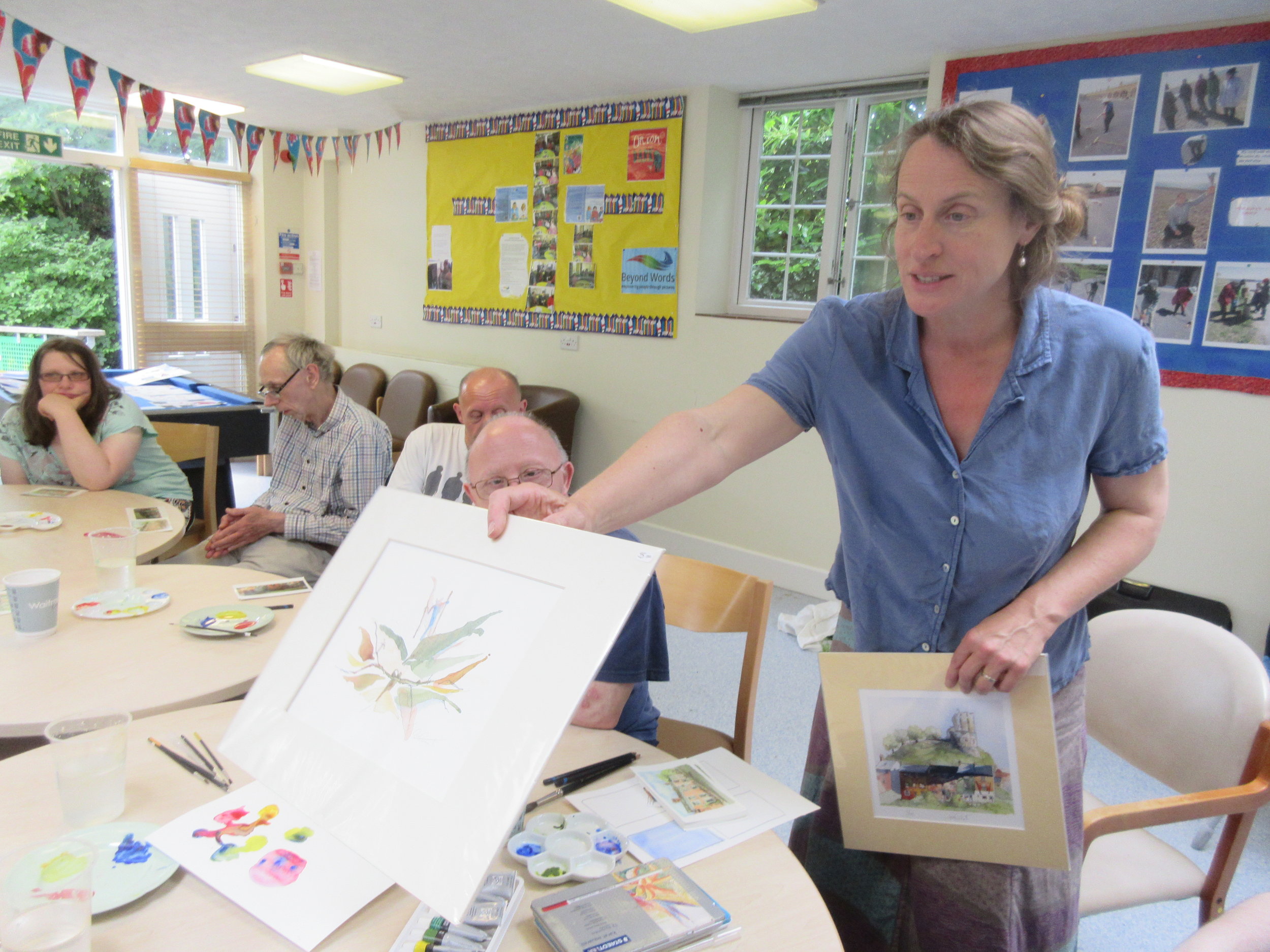 Nine regular Lewes Community Allotment clients attended a special plant and wildlife-themed art session that Flourish organised to take place on Wednesday 20 July. This was run by Ruth Baker, a local watercolour artist.
The art class was held at the St Nicholas Day Centre instead of our allotment, because of the extremely hot weather. This was useful in terms of spreading out and being able to change water frequently.
Nine regular Lewes Community Allotment clients attended a special plant and wildlife-themed art session that Flourish organised to take place on Wednesday 20 July. This was run by Ruth Baker, a local watercolour artist.
The art class was held at the St Nicholas Day Centre instead of our allotment, because of the extremely hot weather. This was useful in terms of spreading out and being able to change water frequently.